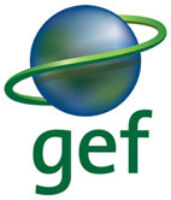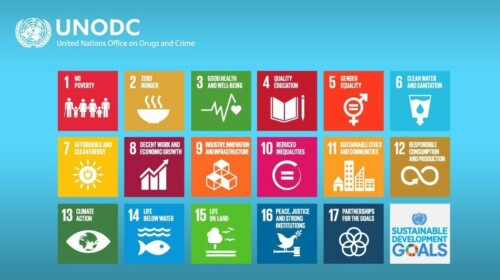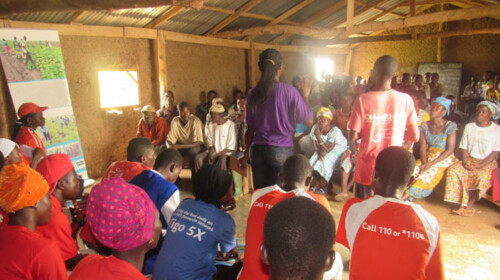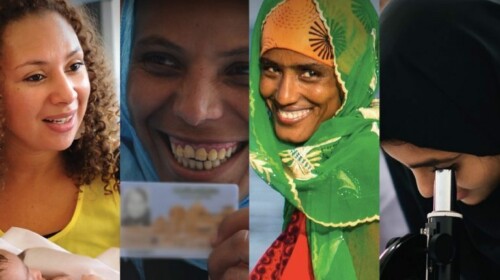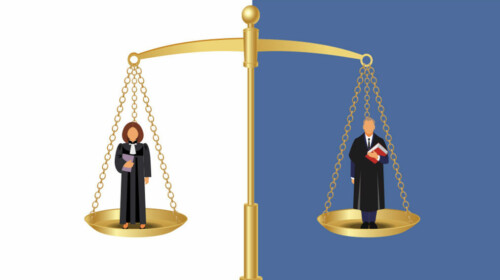Do you want to find out why promoting gender equality and women’s empowerment can help deliver better environmental outcomes as well as learn how you can do it? Then, this course is for you!
The Open Online Course on Gender and Environment will help you better understand the linkages between gender and the environment. It will provide you with the knowledge and tools to mainstream gender, and to be an effective change-maker for sustainable development. It will also give you facts and figures, and a better understanding of the global international frameworks related to gender and environment. It is a “one-stop shop” for information and illustrations on gender dimensions linked to biodiversity, climate change, land degradation, international waters, and chemicals and waste.
This self-paced free course has been developed by the Global Environment Facility (GEF), the United Nations Development Programme (UNDP), the GEF Small Grants Programme (SGP), UNITAR/UN CC:Learn, with valuable contributions from the International Union for Conservation of Nature (IUCN), UN Women, UNDP, UN Environment and the Secretariats of the Multilateral Environmental Agreements that the GEF serves, including the Convention on Biological Diversity, the United Nations Framework Convention on Climate Change, the United Nations Convention to Combat Desertification and the Basel, Rotterdam and Stockholm Conventions, among others.
Download SyllabusTarget Audience
The course provides clear, concise and up-to-date information for anybody interested in exploring the linkages between gender and environment, particularly:
- Specialists working on biodiversity, climate change, land degradation, international waters, chemicals and waste;
- Development practitioners working at the international, national or at the local level in environmental sectors;
- Policy-makers or government officials working on environmental policies and projects;
- Anyone curious who would like to learn more about how efforts to address environmental degradation and promote gender equality can be mutually supportive.
Learning Objectives
After completing the course, participants will be able to:
- Describe the main links between gender and environment;
- Identify the main global environmental frameworks that include gender-sensitive approaches;
- Explain how gender-responsive policies and projects can support environmental outcomes;
- Illustrate key benefits of promoting gender equality in biodiversity, climate change, land degradation, international waters, chemicals and waste.



